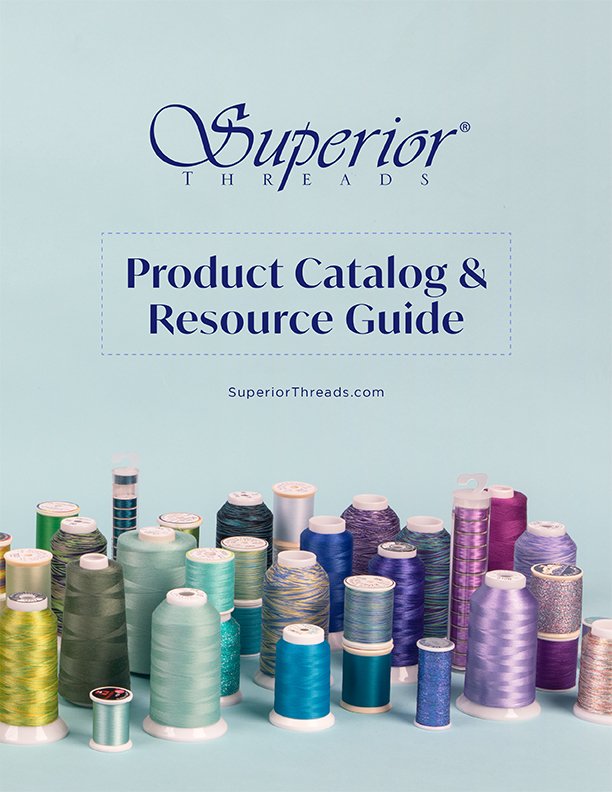Superior Education
ADJUSTING LONGARM BOBBIN TENSION
- BOBBIN TENSION ADJUSTMENTS
- BOBBIN CASE
How to loosen a longarm bobbin's tension
If you have experienced uneven tension, thread breaks, or a generally difficult time quilting with decorative threads and have adjusted the top tension every way possible and still cannot achieve a good stitch, the solution may lie with adjusting the bobbin tension. If the top thread is breaking because the top tension is too tight, it needs to be loosened. If it is loosened to the point where the top thread no longer breaks, but the top thread is now looping on the back, top tension is too loose. Neither of these tension adjustments solve the problem and either extreme, top tension too tight or too loose, causes additional tension problems.
The scenarios above are what happens when the top tension and bottom tension are too far out of sync so no matter what type of adjustment is made to the top tension, it will not solve the problem. In order to fix this, we must loosen the bobbin tension.
Many of us were taught to never adjust or touch the bobbin tension. This is an old way of thinking and stems from when thread choices were very limited and specialty and decorative threads hadn't yet been invented or used on high-speed or longarm machines. Times have changed. If you can thread a sewing machine, you can adjust the bobbin tension. There is no need to spend money on a second bobbin case.
If you want to have a benchmark to return to, take a permanent marker and put a dot where the tension screw is now pointing to so you can always return to the original setting. Then, with a screwdriver turn the large screw in the bobbin case counter-clockwise in quarter-turn increments. Think of the screw as a face of the clock. Turn the screw as much as a 10-15 movement would be. Small changes on the bobbin screw will make an impact on the amount of tension placed on the thread as it leaves the bobbin case. If you make drastic changes by adjusting the screw, such as a full rotation, you may render the bobbin tension out of whack. If necessary, make several small adjustments and test the stitch between each adjustment.
A good indicator that the bobbin tension is set properly is if you hold the bobbin case in your left hand and pull the thread up with your right hand. You want the bobbin case to sit up in your hand with the bobbin freely rotating inside the case as you pull the thread with your right hand. If the bobbin case doesn't sit up in your hand and the bobbin is spinning inside the case, the bobbin tension is too loose. Likewise, if the bobbin case lifts from your hand and the bobbin doesn't spin inside the case when you lift the thread up with your right hand, the bobbin tension is too tight.
If you haven't heard of the TOWA bobbin gauge, this nifty tool provides a numerical value for bobbin tension. It doesn't change the process of loosening or tightening the bobbin tension, but it allows you to adjust the tension to a specific number accurately, every time.
Watch our video on the TOWA bobbin gauge.

 View Our Product Catalog
View Our Product Catalog